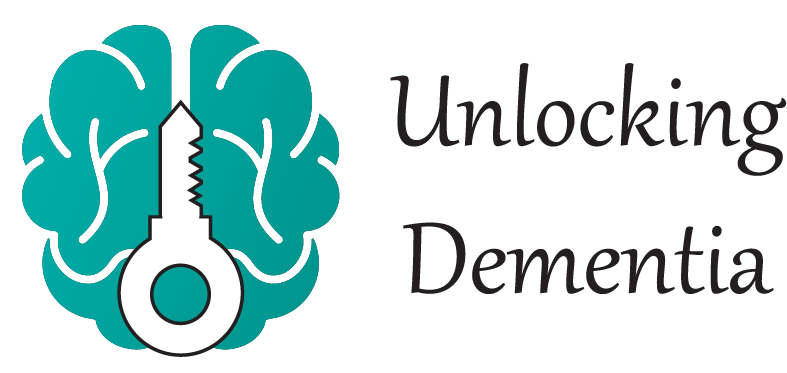Early in the study of dementia, there were four major types of dementia defined. Today, dementia is generally categorized as not a specific disease, but a group of conditions characterized by impairment of at least two brain functions, such as memory loss and judgment.
Only decades ago, people were still writing off dementia-related behaviors to senility. As researchers study the various brain functionality impairments, they have a much better understanding of the brain which has led them to identify new disorders of the brain. Those new disorders have been classified as types of dementia.
Dementia is not a specific diagnosis on its own, but a general term for any severe decline in mental abilities due to the brain’s physical deterioration. Each of the different defined types of dementia has specific and common characteristics between the various types of dementia and more importantly, researchers are searching for the exact cause of dementia.
There are four common types of clinical dementia: There are other brain dysfunctions that are included in the growing list of dementias, but these four are the most identified and familiar to the public.
Alzheimer’s disease is the country’s sixth leading cause of death in the United States and an individual is diagnosed with Alzheimer’s every 67 seconds. While the precise causes of Alzheimer’s disease are unknown, research indicates that it stems from a mix of factors such as heredity, lifestyles, and environmental.
There are several risk factors for Alzheimer’s disease and other causes of dementia. Research suggests approximately 50% of Alzheimer’s disease cases may be related to modifiable risk factors such as type 2 diabetes, high blood pressure, smoking, midlife obesity, depression and little or no mental or physical activity. Symptoms of Alzheimer’s include memory loss, confusion, trouble communicating, anxiety, and paranoia. Currently, there is no cure for Alzheimer’s, but prioritized research is hoping to find a cure by 2025.
Vascular Dementia, also referred to as “post-stroke dementia” and “multi-infarct dementia,” is the second most common type of dementia and may account for up to 20 percent of the total number of all dementia cases. While vascular dementia occurs when a stroke restricts blood flow to the brain, not all people with a stroke will develop vascular dementia.
The symptoms of vascular dementia vary depending on what region of the brain is affected and may be a loss of short-term memory, getting lost in familiar areas, inappropriate laughter or crying, difficulty concentrating, problems managing money, unable to follow instructions, bladder and bowel incontinence and hallucinations. Reminders or prompting works better with patients suffering from vascular dementia than with other forms of dementia.
Vascular dementia shares risk factors for stroke, including smoking, diabetes, high cholesterol, and high blood pressure. And while there’s no treatment for vascular dementia, early diagnosis and behavioral interventions can prevent further damage.
Lewy Body dementia (LBD), also called cortical Lewy body disease or diffuse Lewy body disease affects an estimated 1.4 million people in the United States and is the third most common cause of dementia. Because the symptoms closely mimic other diseases like Alzheimer’s and Parkinson’s, LBD is frequently underdiagnosed.
LBD is caused by the appearance of abnormal proteins in nerve cells which impair and impede normal functioning. Symptoms of LBD include memory loss, sleep problems, hallucinations, variations in alertness and muscle impairment (twitching and foot shuffling).
Symptoms often take years to become noticeable, but early detection leads to better outcomes. There is no cure, but treatment methods include medication as well as non-medical options, such as physical, speech, and occupational therapy.
Frontotemporal Degeneration (FTD) is also known as frontotemporal dementia, frontotemporal lobar degeneration (FTLD), or Pick’s disease and affects between 50,000 and 60,000 people in the United States. The major difference with frontotemporal degeneration is the changes in behavior, personality, language and ability to function. Rarely is memory affected.
Dementia is usually considered a disease of the elderly; however, frontotemporal degeneration is often diagnosed early in a patient’s late 50’s or early 60’s. Symptoms include decreased inhibition, loss of motivation, reduced empathy, compulsive behaviors, anxiety, and depression. Like other forms of dementia, frontotemporal dementia has no cure, but there are effective medical and non-medical interventions for treating symptoms.
While any diseases or conditions that cause brain damage can be categorized as dementia, understanding these four main types, and knowing what to look for can help caregivers ensure that their loved ones get prompt medical treatment.
